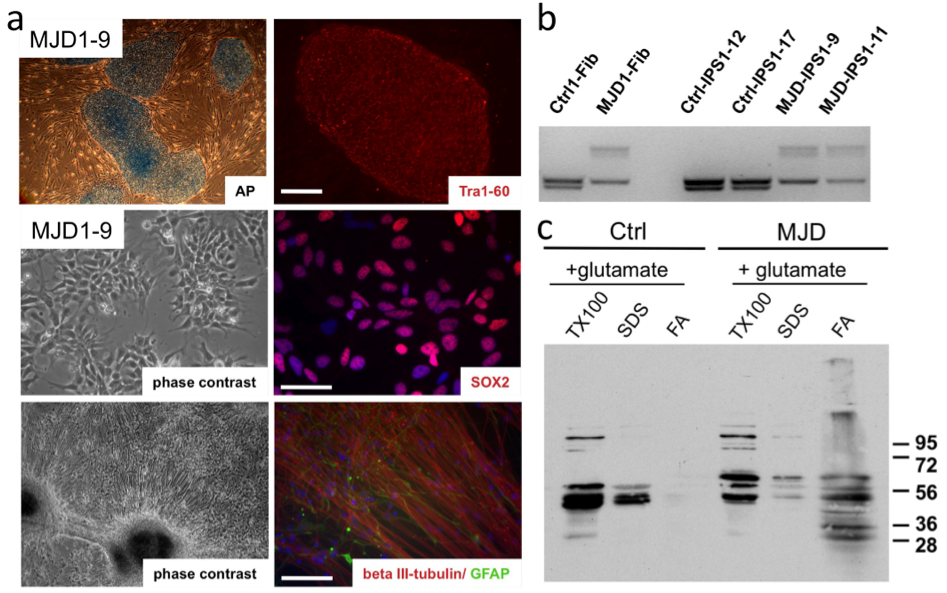Philipp Koch
Webpage: www.koch-lab.com
Philipp Koch at Google Scholar: scholar.google.de/citations?user=qcUXLi8AAAAJ&hl=de&oi=ao
Philipp Koch at Research Gate: www.researchgate.net/profile/Philipp_Koch


Partner Philipp Koch has systematically contributed to the field of human stem cell engineering, differentiation and disease modeling. He developed protocols to genetically manipulate human pluripotent stem cells (PSCs) and their neural progeny. From PSCs we established robust neural differentiation protocols enabling the generation of multiple functional neuronal subtypes. Using PSC-derived neurons (either derived from embryonic stem cells or iPS cells generated from patient-derived fibroblasts) he developed cellular models for multiple neurodegenerative disorders including Alzheimer’s Disease and Ataxia. Applying latest reprogramming techniques, he generated the first in vitro model of Machado-Joseph-Disease using human patient-specific induced pluripotent stem cell-derived neurons (Koch et al., Nature, 2011). He demonstrated that excitation of MJD-neurons leads to the cleavage of ATXN3 and to the formation of SDS-insoluble ATXN3- and TATA binding protein (TBP)-containing aggregates. We further showed that this process is calpain-dependent and neuron-specific but was not accompanied by the formation of NNIs or toxicity.

Excitation induces aggregation of ATXN3 in patient-derived neurons. iPSCs (clone MJD1-9) generated from patient-derived fibroblasts express the pluripotency-associated markers alkaline phosphatase (AP) and Tra1-60 (a, upper panel). From the iPSCs we generated neural stem cells expressing Sox2 (a, middel panel) which, upon growth factor withdrawal, differentiate into dominant fractions of beta III-tubulin(+) neurons and a minor fraction of GFAP(+) astrocytes (a, lower panel). The CAG-containing exon 10 is expanded in MJD patient-derived cells and not in cells of healthy control donors (b). Stimulation of neurons with the excitatory neurotransmitter L-glutamate induces the formation of SDS-insoluble aggregates in MJD-derived neurons and not in control neurons (FA lane, c). FA, formic acid; TX100, TritonX-100.
References:
Koch, P., Breuer, P., Peitz, M., Jungverdorben, J., Kesavan, J., Poppe, D., Doerr, J., Ladewig, J., Mertens, J., Tüting, T., Hoffmann, P., Klockgether, T., Evert, B.O., Wüllner, U., Brüstle, O. “Excitation-induced ataxin-3 aggregation in neurons from patients with Machado-Joseph disease.” Nature. Nov 23;480(7378):543-6. (2011) (IF: 38.597)

